By Greg Troester
One of the most challenging (and fun) aspects of going fast on a race track is when we start to blend our steering inputs with gas and brake pedal inputs. This is crucial for a few reasons, some of which I cover in-depth in another article, but to put it simply: only turning, braking, or accelerating is slow!
Yes, there are certainly times where we are using all of our tires’ available traction for “pure” steering, braking, or acceleration. Those are brief moments in time during any portion of a corner. Even the most junior driver will be blending some form of deceleration with turning. That’s because every moment we are not pressing on the gas pedal we are going to be decelerating by “scrubbing” speed off by turning or through simple rolling resistance.
So–how do we start?
Imagine Two Strings–One Tied to the Gas Pedal, One to the Brake Pedal; Both Tied to the Steering Wheel

The way it works is pretty simple: if we are fully depressing either the gas or brake pedals, one of the strings is taught and will not allow the steering wheel to turn. However, if we turn the wheel, the string will pull the pedal upwards.



No, don’t do this in real-life. But the visual makes sense, right? The pedals are pulled upward by the steering wheel and cannot be depressed much, if at all. If we think of this while on-track, we can get into a habit of naturally lifting our feet off of the pedals as we begin to steer more. Alternatively, we shouldn’t turn our wheel unless we have eased off of the pedal we’re currently using.
This is particularly useful in medium and low-speed corners. There will always be higher-speed corners where we can turn the wheel without easing off the throttle. However, we can still use this method to “sneak up” on how quickly we take any one corner.
Let’s look at three practical examples.
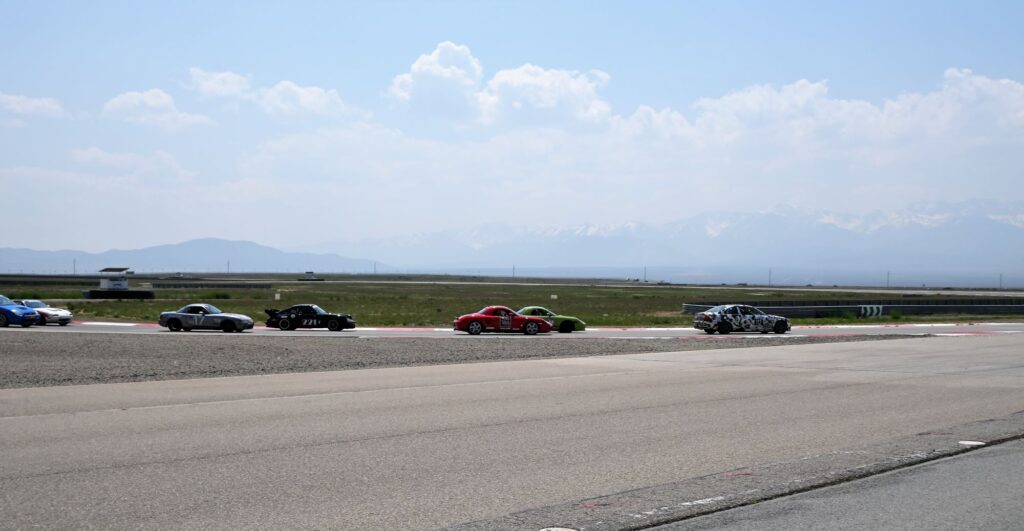
Focus on Acceleration First
You have reached the apex of the corner and are ready to begin accelerating, but you cannot do so unless you’re able to straighten the steering wheel at least a little bit.
As you begin to straighten the steering wheel, there is some slack in the string and you can begin depressing the gas pedal. If you force the issue, you’ll pull your steering wheel straight!
In real life, if we mash the gas pedal without straightening the wheel a bit… what happens? We often “break the tail loose” (oversteer) or we “plow” (understeer – the wheels are turned but the car stops turning).

This can be a great visual to have in mind as you practice straightening the wheel before adding throttle and can keep a driver in-check from mashing the gas while still having the steering wheel cranked–resulting in a massive back-end slide (oversteer) that, though exciting, is both slow and hard on tires.
If you’re having trouble with not being able to begin straightening the wheel and pressing down on the gas a bit after reaching the apex of a corner, then you should consider the following:
- Is my apex point too early in a corner? Am I looking through this point as I reach the end of my braking zone and begin turning the steering wheel?
- Have I identified my track-out point in the corner and am I looking “through” the corner to that point?
- Am I carrying too much speed before the apex, resulting in some sliding and having to keep the wheel “cranked” long past the apex?

As a starting point, all drivers should begin with a line and pace in a corner that allows them to smoothly ease into the throttle while unwinding the wheel right after reaching the apex point of a corner.
The saying goes “slow in, fast out / fast in, slow out”. By focusing on getting good acceleration out of a corner, we will slightly under-drive the entry, but be far more consistent and will be able to build upon a solid foundation.
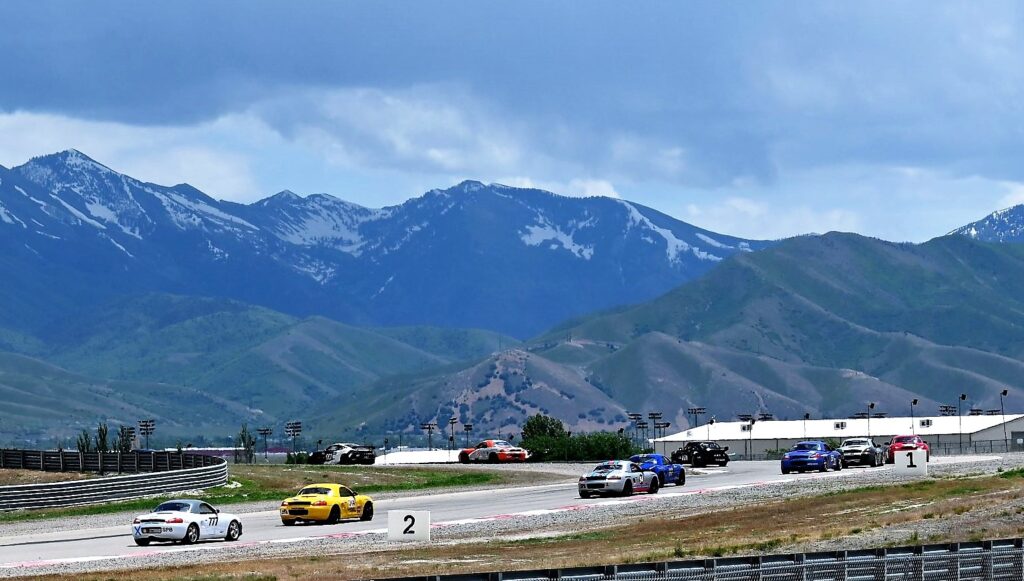
Building in Trail Braking (or Eliminating Over-Driving Corner-Entry)
This is just the reverse of the acceleration phase of the corner: if we are full-on the brake pedal, we cannot begin turning the steering wheel until we’ve eased-off the brakes.

New drivers will very often either:
- “Jump” off the brake pedal and “crank” the steering wheel
- Try to turn into a corner while still being firmly on the brakes.
To smooth-out your brake pedal release, as you reach the very end of your braking zone, where you normally completely release the brakes and turn in the wheel, do the following:
- Lightly “rest” your foot upon the brake pedal (we’re talking about, say, 5% of brake pressure) as you turn the wheel
- Keep that foot lightly there until you’re at the apex
- Smoothly transition your foot to “rest” on the gas pedal and start squeezing that pedal as you “unwind” or straighten the steering wheel
This approach will be slower, to start with. It will eventually help you go faster by smoothing out your brake pedal release and keeping the car nice and stable, which maximizes traction. With practice, it is possible to be smooth and fast.
If you’re finding yourself going “deep” into a corner–missing the apex entirely, braking past the apex, or understeering a lot:
- Move your braking zone back by about 10-20 feet (longer if it’s a hairpin after a long straightaway)
- Focus on getting all of your braking done in a straight line–whatever it takes
- Get the car to the apex consistently
- Make sure you can execute the acceleration phase as described earlier
- Begin to implement the “smoothing-out” of the braking zone as described above
- Start to “inch” (small increments) your braking point deeper into the corner, but be ready to return to your old point if you find yourself regressing again.
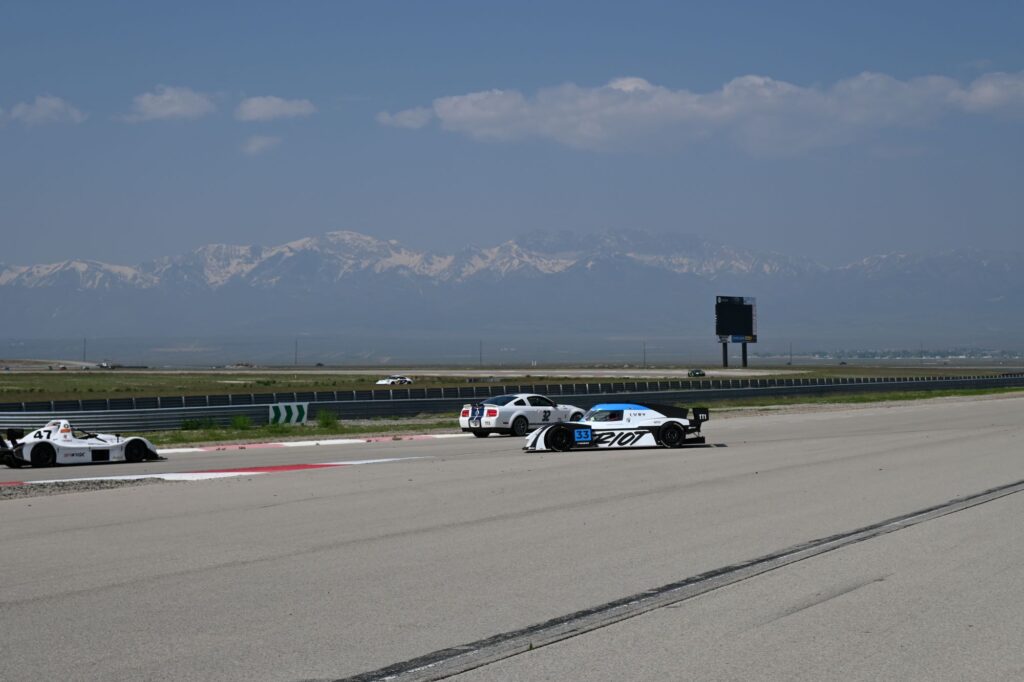
The Wheel and Pedals are Not On/Off Switches
One key concept to keep in mind while working on blending your steering and pedal inputs is this: they are not on/off switches. They are more like volume controls. This means that while we may eventually go from 0-10 on any one of these inputs, we must still travel through 1, 2, 3, and so on.
So as you’re experimenting with blending your inputs, make sure you’re smoothly and deliberately going through the full range of your wheel and pedals’ ranges of motion. You can pause at a particular point, too. You can even go back down or up in the range as needed.
Stomping onto either pedal or suddenly cranking the steering wheel is how newer drivers often get into trouble. By not being smooth, they’re unable to sense when they’re over-working the car’s traction capabilities until it’s too late. The harder they try, the worse things get. Being rough with our inputs also unbalances the car, reducing total traction.
We’re always trying to balance on the edge of traction. That means we’re going to step over the edge every now and again. If we only step over that edge by “1” (and not by “5” or “10”), we can ease back off that last thing we did and try again when our speed is lower.
Remembering that we have to trade steering for braking or accelerating helps us keep within only asking “10/10ths” of the car. In reality, we probably want to operate around “8-9/10ths” of our car’s ability and our own. The mistakes we make throughout our laps will cause us to use-up those last couple of 10ths anyways.
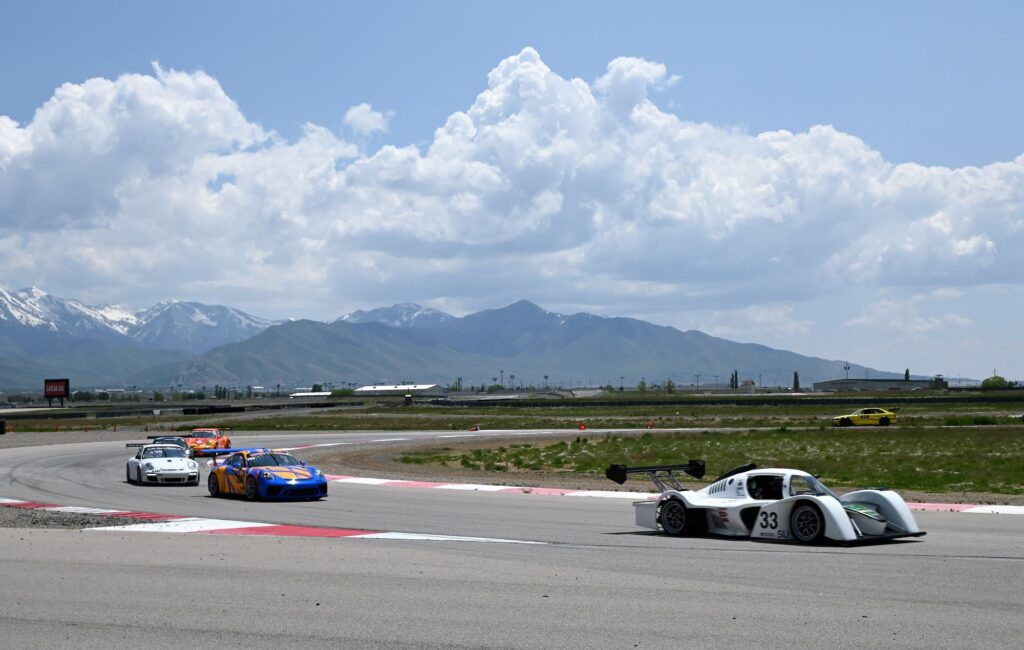
Intermediate and Advanced Drivers
At some point, the acceleration phase changes to be one where your steering wheel sometimes never fully straightens, because you’re either playing with the edge of traction (and being able to go really, really fast while being able to fully-straighten the wheel is tough–the margins are small!) or you have to over-rotate the car to set it up for the next corner, essentially combining multiple corners (like Turns 1-4 on Utah Motorsports Campus’s Outer Loop or West configurations).
That being said… Consider your brake pedal release and line into a corner: if you’re able to “rotate” the car by trail braking properly, you should be able to gradually use less steering wheel angle to go around the same corner.
Furthermore, by smoothing-out your inputs and keeping the car balanced (or unbalanced in an intentional way), you’ll find that what used to feel like “10/10ths” is now your new “8/10ths” and you can begin to consider where you can push for more pace.
Challenge yourself here. If you’re “muscling” your way through corner after corner after corner… you’re probably working too hard and aren’t paying quite enough attention to how you enter corners. Food for thought!

About the Author
Greg is a Utah-based Spec Miata racer, NASA Utah HPDE Group Leader, and Porsche Club of America nationally-certified driving instructor. Greg has been driving on-track since 2009 and been a licensed racer since 2014; he is his own pit crew and race engineer. Accolades include a “Best Prepared” award for a 944 Spec car Greg built, several track records in Utah and elsewhere, many podium finishes, and multiple podiums (one being a 1st Place) at the NASA Utah 6-Hour Enduro in the E3/E3S class.
Over his career, Greg has driven a wide variety of street cars and race cars ranging from an Audi 90 endurance car, multiple spec-series cars like the Miata, Porsche 944, and 350Z, as well as faster cars like Porsche GT3s, Ferraris, and Lamborghinis.
You can find Greg at every NASA Utah event, as well as online in publications like Utah Motor News and the LVRY Logbook. If you’d like to work with Greg one-on-one, you can contact him at greg@lvry.co.
©2023 G Troester
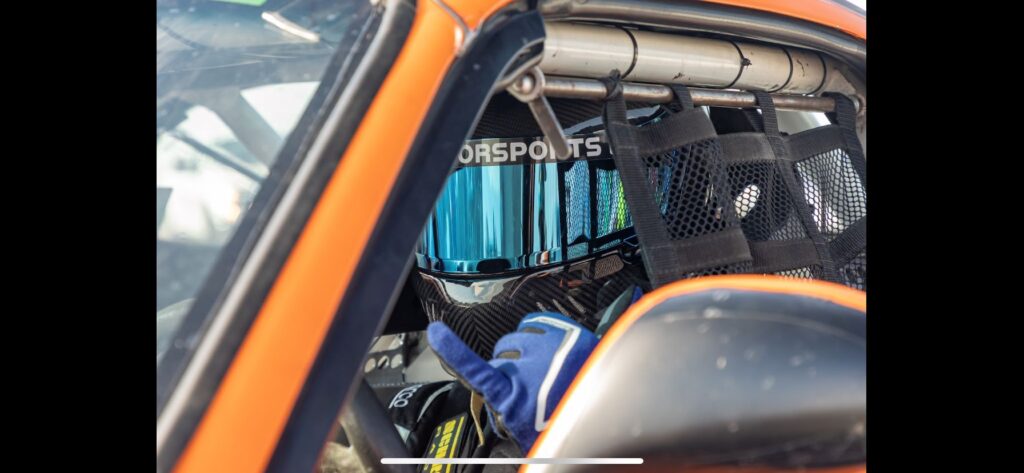

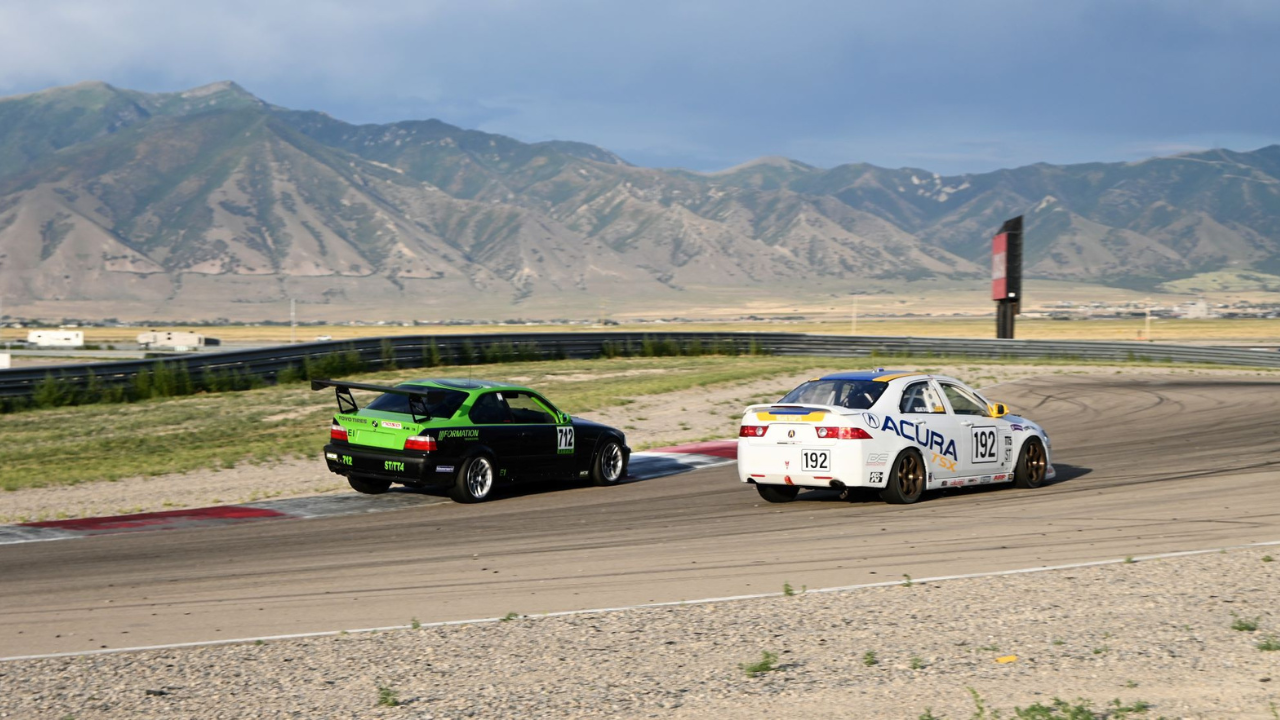



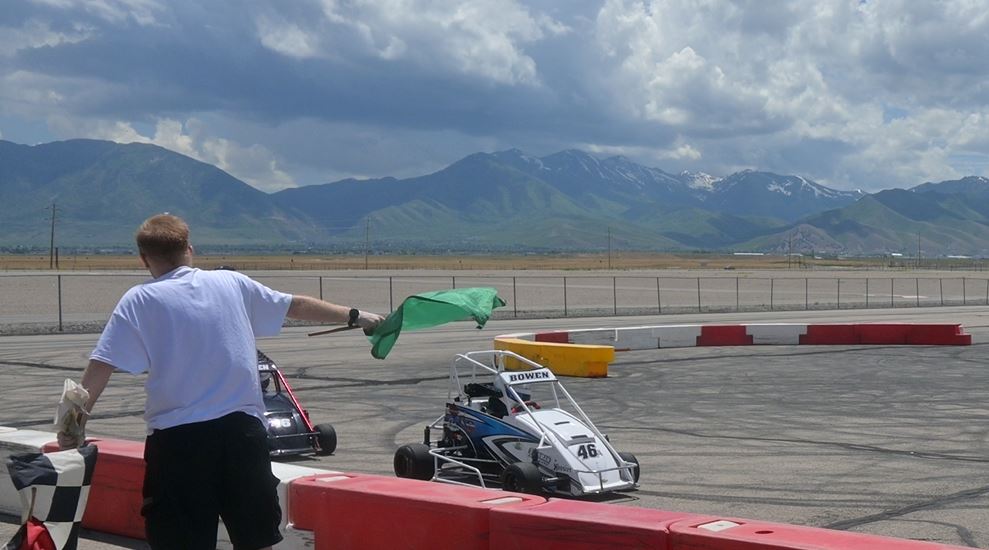
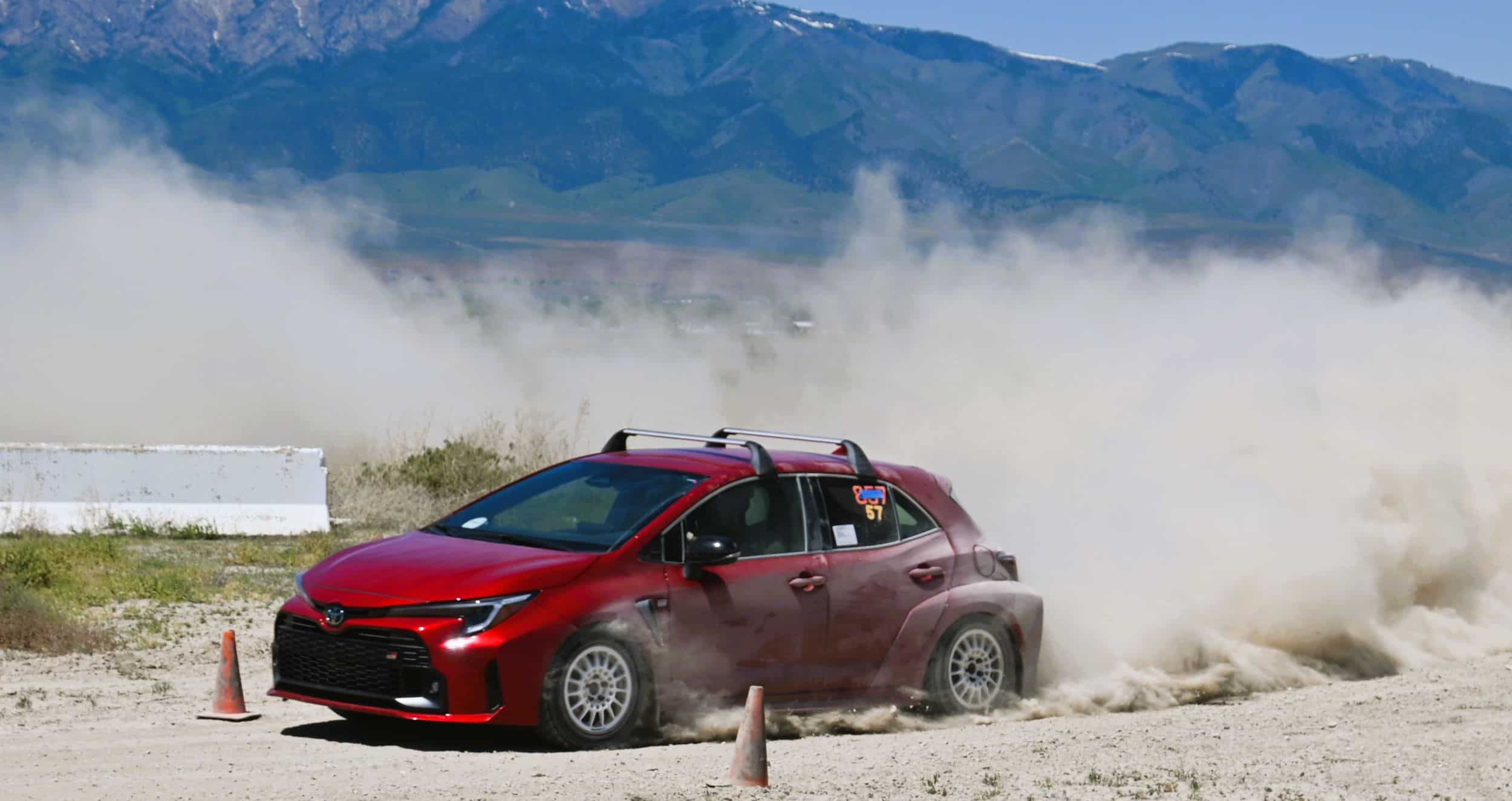

0 Comments